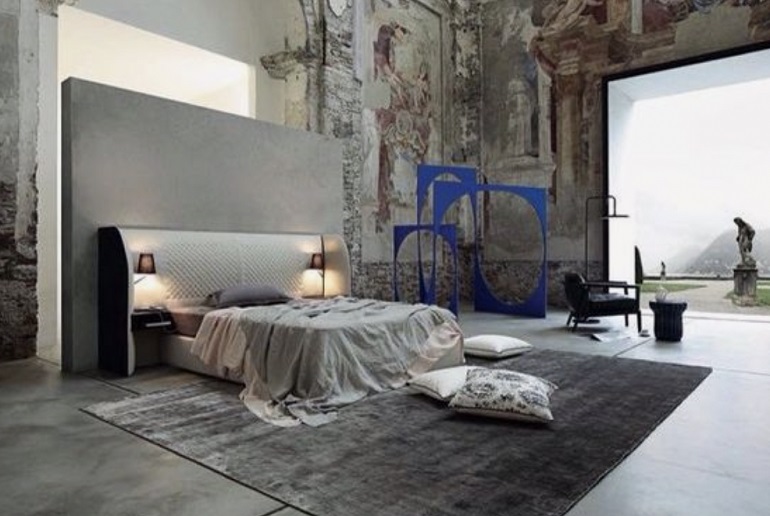-
03 Mar, 2025
- By Nickel
Fragmented beauty: Kintsugi’s influence on contemporary architecture
Perfection and precision are always at the core of contemporary architecture. What if we challenge the conventional notions of flawless construction? In my previous post, I talked about how the age-old Japanese art Kintsugi embodies a philosophy that celebrates imperfections by highlighting the flaws in broken ceramics. If architects and interior designers, inspired by Kintsugi, weave imperfections into their creations, they can create striking masterpieces.
Integrating Kintsugi-inspired elements into architecture means we go beyond the conventions. A contemporary building with the exterior showcasing weathered surfaces and cracks or highlighting exposed materials creates a stunning visual effect and reminds us of resilience and endurance. 40 years ago when a van poster was placed diagonally instead of its usual horizontal position, it immediately attracted the crowd. It was in New York and people loved the unusual.
While embracing innovations, architects and designers must carefully select locations and materials and match textures to ensure these elements harmonize with the modern design. For instance, an office building featuring a renovated warehouse design with exposed beams would be striking.
I think it’s time that we breathe new life into our structures and create spaces that are not only visually appealing but also weave stories of resilience and renewal.
Do you agree?


